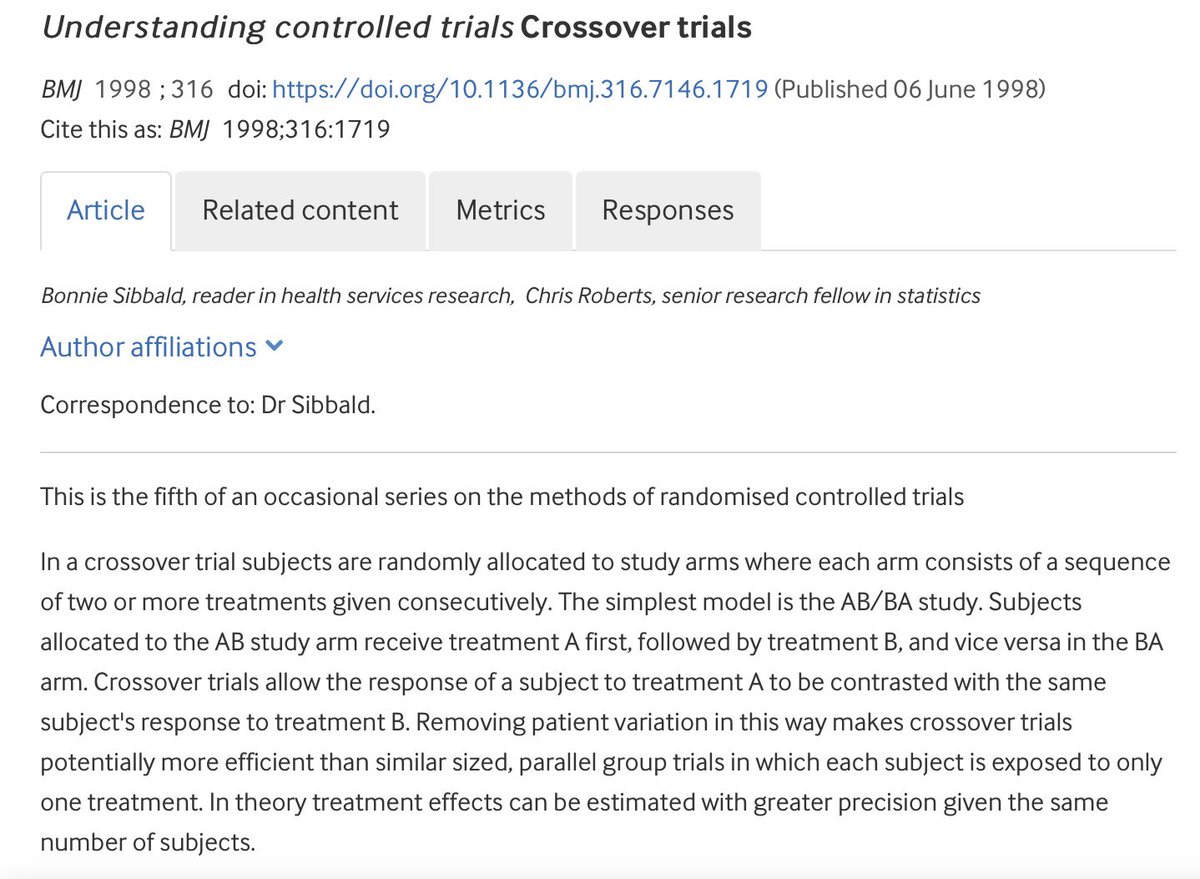
It’s good to start a new year getting the basics right. It’s the same with methods; important not to slip into using common errors.The recent Xmas BMJ paper which showed the most common stats/methods errors is a great place to start 1/7
#MethodologyMonday
bmj.com/content/379/bm…
#MethodologyMonday
bmj.com/content/379/bm…
The BMJ stats editors highlighted the top 12 most common stats errors they come across. They are summarised in a neat infographic 2/7 

All are important,but a couple particularly resonate. One is “dichotomania” (the term coined by Stephen Senn for this) where a perfectly good continuous measure eg blood pressure or weight is then arbitrarily dichotomised into two categories - good/bad; high/low etc 3/7
Often there is a clinical rationale put forward for the dichotomised groups but this needlessly throws away loads of precision & also requires higher sample sizes than if you had kept the base measurement 4/7.
See here
bmj.com/content/332/75…
See here
bmj.com/content/332/75…

Another is the issue of adjustment for clustering. It is now 25 years since @GrimshawJeremy & I published our BMJ editorial on the need for improvement in cluster trials and it is disappointing that a quarter of a century on, this remains an issue. 5/7
bmj.com/content/317/71…
bmj.com/content/317/71…

The basic problem is that data which are clustered are not independent, and if you assume they are independent you can get spuriously significant results. You must adjust the standard errors to account for this. A review of recent methods is here 6/7
trialsjournal.biomedcentral.com/articles/10.11…
trialsjournal.biomedcentral.com/articles/10.11…

However, all the identified errors in the BMJ paper are easy to get right if we take the time to learn. Let’s make it our collective new year resolution not to add to these in the coming year. 7/7
• • •
Missing some Tweet in this thread? You can try to
force a refresh








